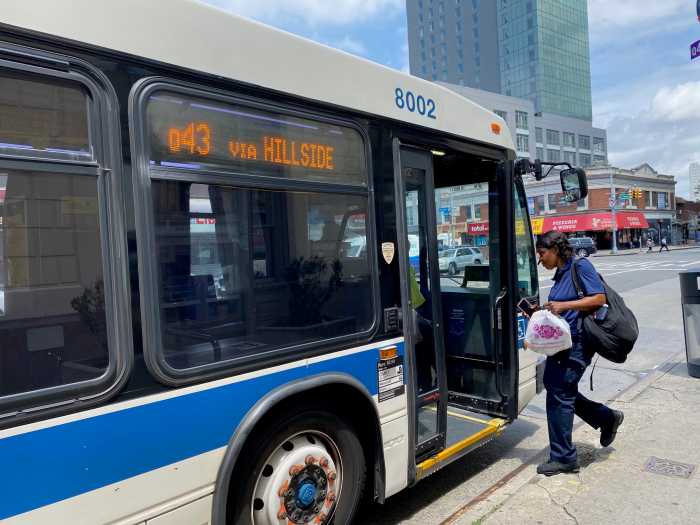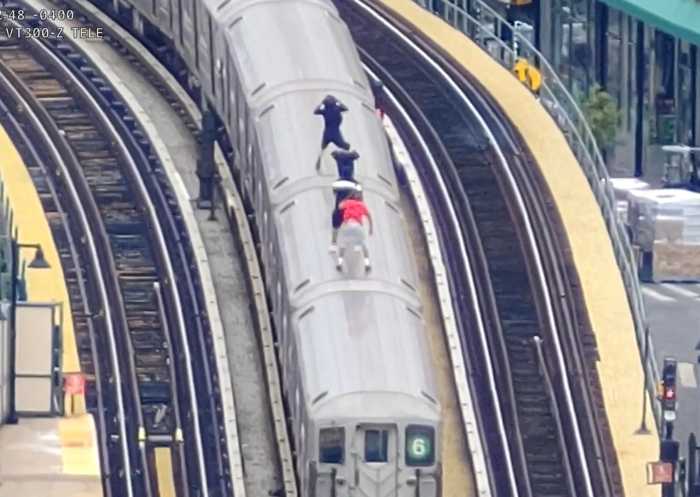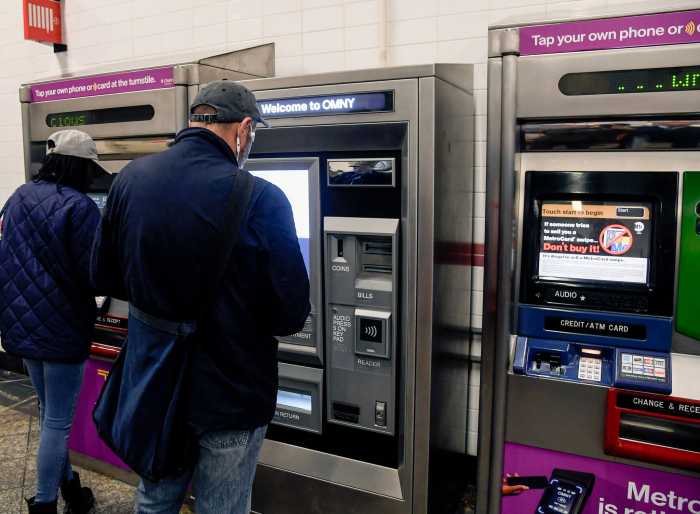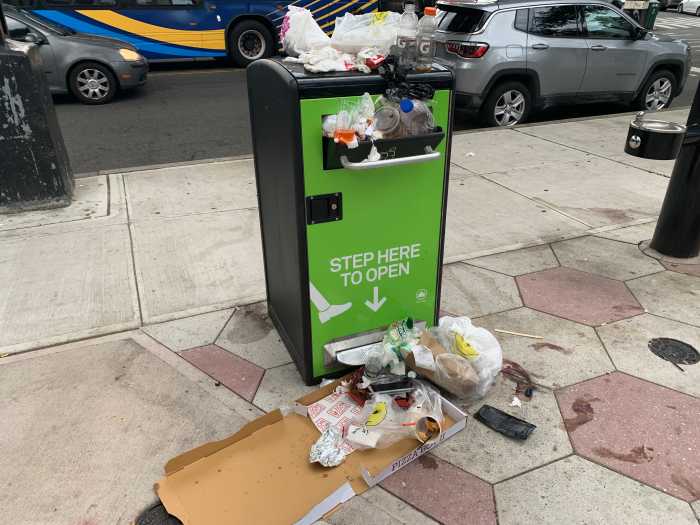
The MTA expects to run 80 buses an hour, with arrivals less than a minute apart, during “peak” commuting times as part of its mitigation plans for the looming L train shutdown, NYC Transit president Andy Byford said Wednesday.
Byford and city Department of Transportation Commissioner Polly Trottenberg presented their proposed plans to the City Council Committee on Transportation Wednesday afternoon during an hourslong public hearing on how the agencies intend to shuttle some-225,000 weekday L train riders between Manhattan and Brooklyn while repairs are made to the Sandy-damaged Canarsie Tunnel.
To beef up subway service during the 15-month shutdown beginning next April, the MTA will add five trains to the M line, which will operate 24/7 into midtown. The agency also will make G and C trains longer and offer increased service on the E line.
While 70 percent of commuters are expected to shift to nearby subway lines during the shutdown, the MTA and DOT have focused heavily on creating new “L-Alternative” bus routes to supplement service.
“Buses will be an important piece of the puzzle,” Trottenberg said.
The bus network will be made up of four “short, intense routes” that can quickly recycle, optimizing the number of trips per bus, according to Byford.
The four L-Alternative routes, which are expected to carry 17 percent of L train riders, include:
- L1 SBS route, which will operate between Grand Street in Brooklyn and First Avenue-15th street in Manhattan.
- L2 SBS route, which will operate between Grand Street in Brooklyn and SoHo.
- L3 SBS route, which will operate between Bedford Avenue in Brooklyn and SoHo.
- L4 SBS route, which will operate between Bedford Avenue in Brooklyn and First Avenue-15th street in Manhattan.
The L2 SBS route will link up with the previously announced M14 SBS to provide overnight service to and through Manhattan via 14th Street.
During non-peak hours, the MTA expects to operate 26 buses per hour in the afternoon and 38 buses per hour in the evenings, Byford added. It remains unclear how the agencies will define peak hours during the shutdown.
The new bus route details come just days after the MTA confirmed that it intends to operate a dedicated busway along 14th Street between 5 a.m. and 10 p.m., seven days a week.
Traffic flow on neighboring streets will be monitored by a dedicated force of 102 NYPD traffic enforcement agents and 46 police officers.
The city also plans to institute carpool restrictions on the Williamsburg Bridge during the same time frame.
City Council Speaker Corey Johnson voiced his support for the 14th Street busway plan during the hearing, but warned that the MTA and DOT will be held accountable for all aspects of how the shutdown plays out.
“It better be a hard stop at 15 months and not go longer than that,” he said during the hearing. “This will be a crisis for hundreds of thousands of New Yorkers. The apocalypse shutdown is coming.”
Expressing confidence in the project’s timeline, Byford said the private contractors involved would incur punitive costs, but he could not provide specific numbers.
“If they are one day over, they get hit very hard,” he added.
Danny Pearlstein, the policy and communications director with the Riders Alliance, commended the MTA and DOT on what he believes is a strong mitigation plan.
“I think it’s highly comprehensive, I don’t think we’ve seen anything like this before,” he said. “The buses on 14th Street are going to be the busiest buses in North America when the L train is shut down and now we know they are going to be able to move [smoothly].”
Some stakeholders, however, raised concerns over the environmental impact the bus plan could have on neighborhood residents.
Manhattan Borough President Gale Brewer called for monthly air quality monitoring and suggested the agencies institute the mitigation plans before the shutdown to allow for the “opportunity to study the effects and make changes where needed.”
Byford said the MTA also plans to purchase more electric buses: “As soon as we get them, we’ll deploy them on 14th Street.”
The mitigation plans do include several more environmentally friendly options, including a new ferry route that will operate from 6 a.m. to midnight on weekdays and from 6 a.m. to 2 a.m. on weekends.
On Wednesday, Mayor Bill de Blasio and Citi Bike announced the bike-share company would provide an additional 1,250 bikes and 2,500 docking points in Manhattan and Williamsburg to help meet increased demand during the L train shutdown.
With Alison Fox



































